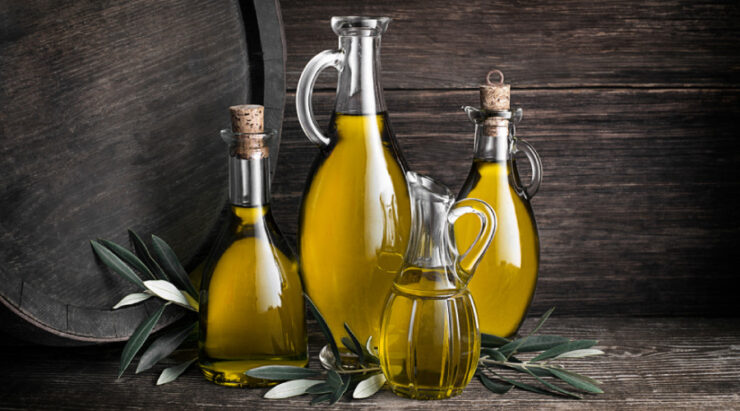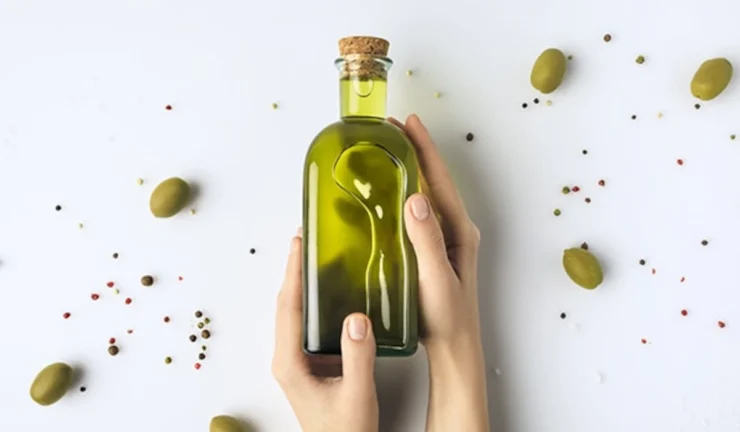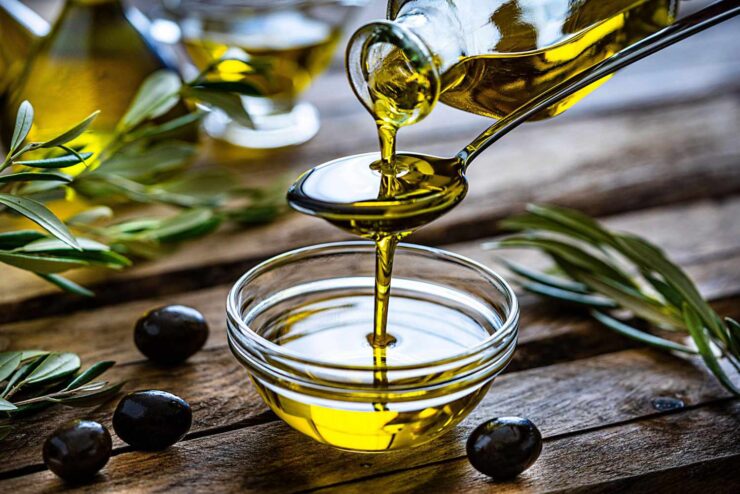Did you know that an olive tree can survive up to 2000 years? That fact alone inspires a certain respect, so it’s no wonder we value olive oil so much. Why is this product so healthy, how to choose the top quality one, and which one has the lowest acidity – find out below.
The Quality Depends on the Acidity

Olive oil is already widely known as a healthy food. It is rich in antioxidants that can help protect against cell damage that causes various diseases. It also helps us with some complex health conditions such as hypertension, diabetes, or Alzheimer’s disease. However, we understand that not all olive oils are the same. During the last few decades, we have witnessed a true revolution in the development of technological and production processes. That also reflects in the production of olive oil. Today, we often hear various statements about its quality and connect that with the fact that some are more acidic. So, what does that mean?
What Is the Acidity and Why is it So Important?
Acidity is the most important quality indicator of olive oil. In the case of the highest quality products – the acidity percent should be visible on the declaration. It is the percentage of free oleic acid found in the oil. There are many differences in the quality and you should know them to buy what you truly want. The quality of the oil is not depending only on the variety of olives or the climate where they are grown. It mostly depends on its purity. In addition, the oil itself can be made from various parts of the olive fruit. We often see pomace oil on the shelves for sale. Such oils are mixed, most often with sunflower oil – and their acidity is much higher, and the quality is lower.
Which Olive Oils Have the Lowest Degree of Acidity?
We have all heard of virgin and extra virgin olive oil by now. And in some way, we can say that these are the best ones with the lowest degree of acidity. However, we still have to be careful when buying. When we see the one with an extra virgin label, we automatically think it is the best – but it is not that simple. The product might’ve been classified as extra-virgin at the time of bottling – however, two weeks after that moment, it has oxidized. Polyphenols in olive oil, responsible for their beneficial properties, deteriorate over time. Therefore, you should know some things when buying.
Distinguish Extra Virgin From Other Types

Extra virgin olive oils have the lowest degree of acidity and the highest quality. Extra virgin oil is obtained by cold-pressing healthy olive fruits. Its acidity is very low, and according to quality standards, it must not exceed 0.8%. Also, this kind of product must not have a smell that is not characteristic of the oil. For example, those enriched with a sprig of rosemary lose the properties of extra virgin oil. Also, you need to make a clear distinction between extra virgin and virgin type. Virgin is obtained by pressing a slightly weaker olive fruit, so its acidity is a bit higher and can be up to 2%
Why Is Extra Virgin Oil Considered The Most Beneficial?
Thanks to their recognizable taste and smell, as well as their rich nutritional and medicinal properties – extra virgin olive oils, like Moroccan, belong to the category of the most valued ones. You can read more and find out how rich extra virgin oils are in unsaturated fatty acids and antioxidants. Extra virgin oils contain polyphenols, which are also a type of antioxidant. They can protect against cardiovascular disease, atherosclerosis, stroke, brain dysfunction, and cancer – so extra virgin products are considered extremely healthy.
How to Buy Real Extra Virgin?
As we are talking about a very sought-after product, various ‘fakes’ often appear on the market. We decided to reveal to you how to know which product is authentic and high-quality and how to choose the best one.
-
Read the Marks Well
For starters, the best quality olive oil is always labeled as extra virgin. It indicates that it was produced by direct pressing of healthy olive fruits and according to the rules about the percentage of free fatty acids. In addition, for the oil to be labeled as ‘extra virgin’, it must pass numerous sensor analyses and chemical properties such as peroxide number and degree of oxidation. Such a product is of high quality and contains maximally preserved beneficial ingredients.
-
Price
The prices of extra virgin oils are the main indicators that we are dealing with authentic products. However, even that is not sometimes true. However, if you know that 1 liter of oil needs a minimum of 7 to 8 kg of olives, and then processing and quality storage should be paid together – you can’t expect that it is going to be cheap. Still, you can find manufacturers where you can find the right extra virgin oils at more affordable prices.
Misconceptions of Thermal Processing

We are accepting various misconceptions because we heard that we should not cook or fry food in olive oil. That is partially incorrect because this oil retains its nutritional properties even at high temperatures. Cooking with it will not change its nutritive value – but it depends on which oil you use. Use cheaper, refined ones for frying, and when making salads and sauces, use extra virgin. Depending on the amount of fatty acid, the point of smoking extra virgin oil is between 185 and 204 degrees Celsius, and the virgin oils smoking point is 199 C.
The Bottom Line
So, in the end, we can conclude that extra virgin olive oils are the least acidic – and thus the highest quality. Use this product moderately, and buy it from reliable manufacturers. It is not just the taste that we all love – but the fact that this food is extremely beneficial for our health. That’s why you should invest in quality.

